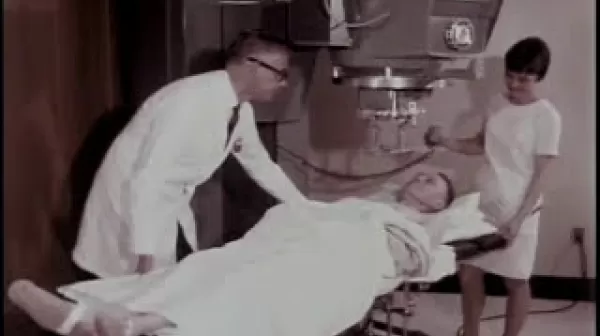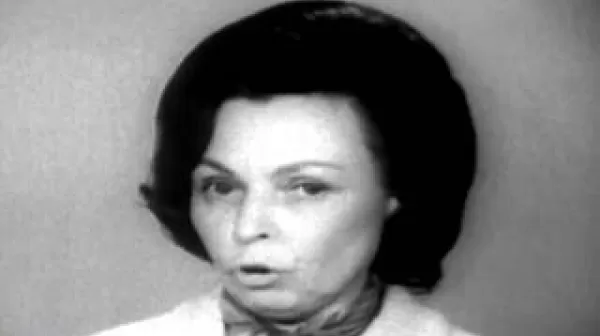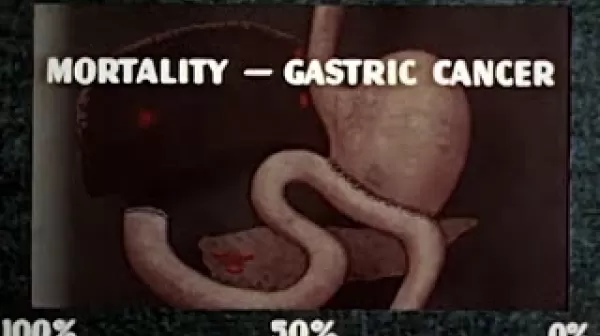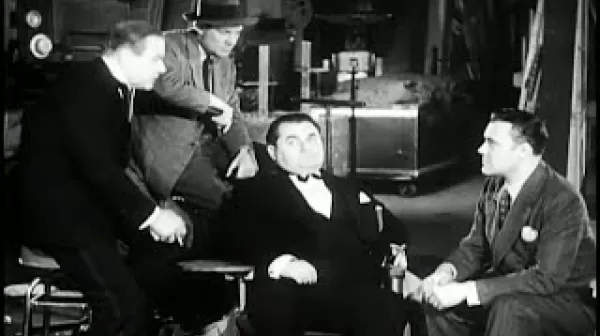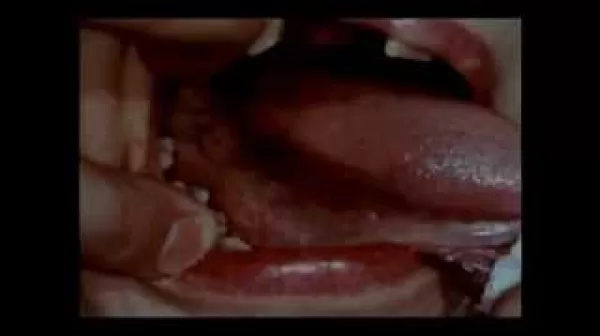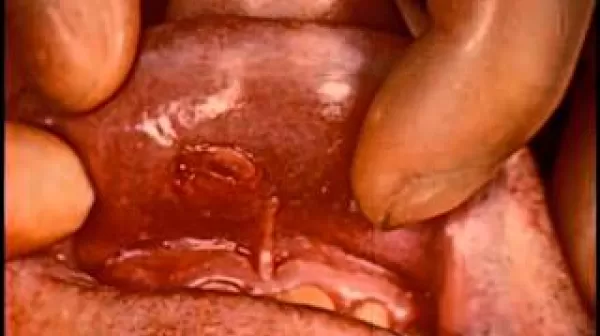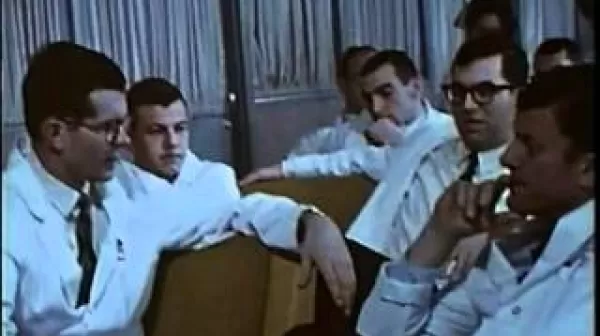The Traitor Within (American Cancer Society, 1946)
In this cartoon film directed to the non-medical public, cancer statistics are given, cancer myths are refuted, cancer warning signals are presented, and the growth and effect of cancer cells within the body are shown. Cartoons illustrate: normal cell function in the body; the appearance and growth of neoplastic cells and their destruction of normal cells; cure of cancer by surgery, radiation therapy, radium implants; spread of untreated cancer through the lymphatic system to the circulatory system; and the danger signals that indicate that cancer is present.


